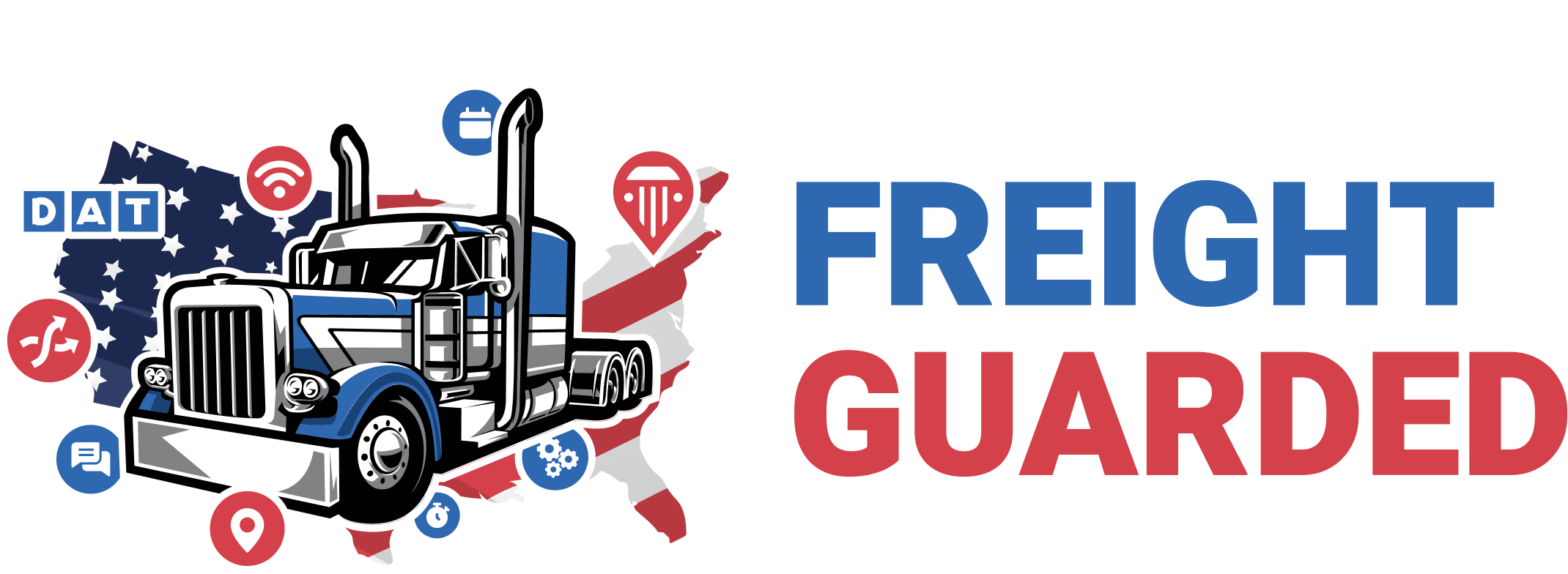In the trucking industry, the term "Out of Service" (OOS) refers to a regulatory status given to a commercial vehicle or driver that has been found to violate specific safety standards and regulations. An OOS designation means the vehicle, driver, or both are prohibited from operating until the identified issues are corrected. This status is critical for maintaining road safety and ensuring that commercial vehicles operate within established legal and safety guidelines.
Causes for Out of Service Designations
- Vehicle-Related Issues: These can include problems with critical components such as brakes, tires, lights, and steering mechanisms. Other issues might involve load securement, damaged or missing parts, or failure to meet required safety standards.
- Driver-Related Issues: This category includes violations such as exceeding Hours of Service (HOS) regulations, failing drug or alcohol tests, lacking a valid commercial driver's license (CDL), or medical certificate issues. It can also include logbook violations or other regulatory compliance failures.
- Carrier-Related Issues: At times, the carrier company itself might be placed OOS for systemic violations, such as consistently failing to maintain vehicles, employing drivers without proper qualifications, or other significant breaches of federal regulations.
Implications of an Out of Service Designation
- Operational Delays: An OOS designation can lead to significant delays since the vehicle or driver cannot continue operation until the issue is resolved. This can affect delivery schedules and operational efficiency.
- Financial Impact: There can be substantial financial implications, including fines for violations, costs associated with repairs or adjustments to meet safety standards, and potential loss of income due to operational downtime.
- Reputational Damage: Frequent or severe OOS designations can harm a carrier's reputation, affecting customer trust and potentially leading to a loss of business.
- Increased Scrutiny: Carriers with a history of OOS violations may face increased scrutiny from regulatory agencies, leading to more frequent inspections and audits.
Preventing Out of Service Designations
- Regular Maintenance: Adhering to a strict maintenance schedule ensures that vehicles are in good working order and comply with safety standards, reducing the risk of vehicle-related OOS designations.
- Driver Training and Compliance Programs: Educating drivers on HOS regulations, proper vehicle inspection procedures, and compliance with all safety regulations is crucial. Implementing robust compliance programs can help minimize driver-related violations.
- Investment in Technology: Utilizing fleet management systems and electronic logging devices (ELDs) can help monitor vehicle health and driver behavior, ensuring compliance with regulations and identifying potential issues before they lead to an OOS designation.
- Internal Audits and Inspections: Conducting regular internal audits and inspections can help identify and rectify compliance issues before they are caught in an external inspection.
An Out of Service designation is a serious matter in the trucking industry, reflecting significant safety or compliance issues that need immediate attention. By understanding the causes and implications of OOS designations and implementing proactive measures to prevent them, trucking companies can maintain high safety standards, ensure compliance with regulations, and minimize the operational and financial impacts of such designations.

.thumb.jpg.79710ba0be5a9f3be83fb45bcaf36e79.jpg)